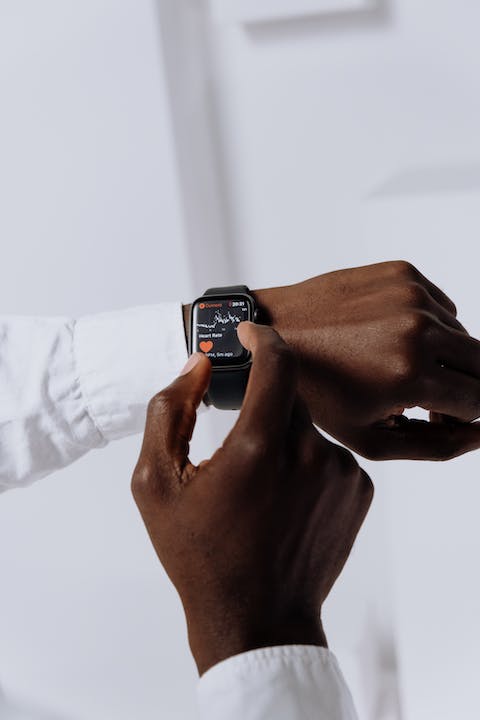How to Check If My Laptop Has USB 3.0 Port: A Comprehensive Guide
In today's tech-savvy world, USB 3.0 ports have become essential for faster data transfer and improved connectivity. But how can you check if your laptop has this advanced feature? In this guide, we will walk you through the various methods to determine if your laptop is equipped with a USB 3.0 port. We will explore both hardware and software approaches, empowering you to easily identify the presence of these high-speed ports. From checking your laptop's physical connections to using system information software, we've got you covered. So, whether you're a tech enthusiast looking for faster transfer speeds or an average user curious about your laptop's capabilities, keep reading to unlock the mysteries of how to check if your laptop has USB 3.0 ports.
1. Checking Physical Ports
One of the simplest ways to check if your laptop has a USB 3.0 port is to inspect the physical ports on your device. USB 3.0 ports are typically identifiable by their blue color. So, take a close look at each of the ports on your laptop and see if any of them have a blue plastic insert. This blue plastic can be found on the inside of the port, indicating the presence of a USB 3.0 connector. If you find a port with this blue insert, congrats! You have a USB 3.0 port. However, if none of the ports have this feature, don't worry. There are other ways to check.

2. Using Device Manager
Another method to check for USB 3.0 ports on your laptop is by using the Device Manager. Here's how you can do it: Press the Windows key + X and select "Device Manager" from the menu. In the Device Manager window, expand the "Universal Serial Bus controllers" category. Look for any entries containing "USB 3.0" or "eXtensible Host Controller Interface (xHCI)." If you see either of these, it means your laptop has USB 3.0 ports. However, if you can't find any mention of USB 3.0 or xHCI in this category, it's possible that your laptop doesn't have USB 3.0 ports. But, before you give up hope, let's explore one more method.
3. Checking System Information
The System Information tool on your laptop can also provide valuable insights into whether you have USB 3.0 ports. To access this tool, press the Windows key + R to open the Run dialog box. Type "msinfo32" and hit Enter. In the System Information window, navigate to "Components" > "USB." Look for the USB 3.0 entries and note down the information. If you see any mention of "USB 3.0" or "xHCI," congratulations! Your laptop is equipped with USB 3.0 ports. However, if there are no USB 3.0 entries, it's likely that your laptop does not have USB 3.0 ports. Now that you've tried these three methods, you should have a clear idea of whether your laptop has USB 3.0 ports or not.
Further Inquiries about How to Check if My Laptop has USB 3.0 Port:
1. Can I upgrade my laptop to have USB 3.0 ports?
Yes, it is possible to upgrade your laptop to have USB 3.0 ports. However, this process can be complex and may require technical expertise. It involves replacing the existing USB ports on your laptop's motherboard with USB 3.0 ports, which requires a compatible motherboard and suitable knowledge of laptop hardware.

2. What are the advantages of USB 3.0 ports?
USB 3.0 ports offer several advantages over their predecessors. They provide faster data transfer rates, up to ten times faster than USB 2.0 ports. This means you can transfer large files quickly, saving you time and improving productivity. USB 3.0 also enables faster charging for devices that support it, allowing you to charge your devices more efficiently. Additionally, USB 3.0 is backward compatible with USB 2.0, so you can still use your old USB 2.0 devices with a USB 3.0 port.
3. Are all USB 3.0 ports the same?
While USB 3.0 ports generally offer the same functionality, there are different generations of USB 3.0. USB 3.0 Gen 1, also known as USB 3.0, provides data transfer speeds of up to 5 Gbps. USB 3.0 Gen 2 offers faster speeds of up to 10 Gbps. However, it's important to note that the actual transfer speeds you achieve may vary depending on the device and the quality of the USB cables used.



